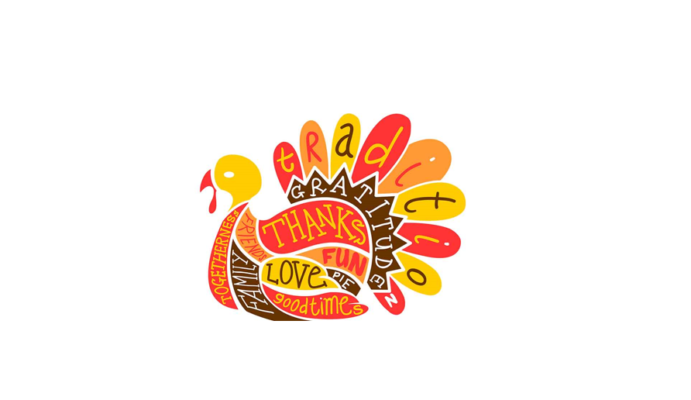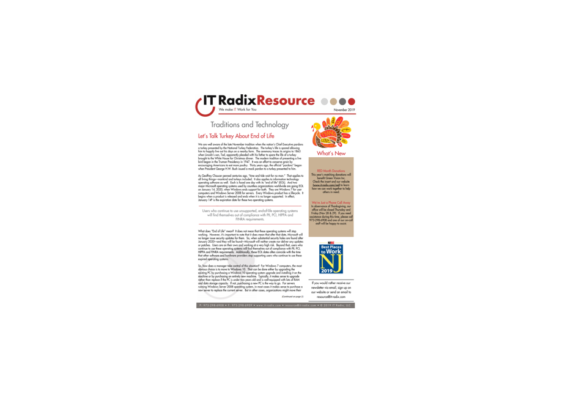Watch Out for Look-A-Like Domain Cyber Threats
Recently, we’ve seen several victims fall prey to cyber threats like this which employ a combination of a phishing email to gain access to a

Recently, we’ve seen several victims fall prey to cyber threats like this which employ a combination of a phishing email to gain access to a

Did you know that the tradition of the Macy’s Thanksgiving Day Parade started as a Christmas parade? It started in 1924, ran 6 miles from

We are well aware of the late November tradition when the nation’s Chief Executive pardons a turkey presented by the National Turkey Federation. The turkey’s

Stay safe while shopping online this season! Here are a few tips: Shop Securely When shopping online, confirm that your browser’s padlock icon is active
Quick Tip: Create a bookmark for the websites you visit often. Why: Sneaky hackers purchase and set up fraudulent websites that are a close misspelling of

Traditions and Technology
In this issue:
Quick Tip: Type website names directly into your browser for any “phishy” offer delivered by email. That way you do not give away your log

Many of us enjoy Halloween and have a lot of fun dressing up and pretending to be someone or something we are not. Who doesn’t

Leaves are falling and Halloween is right around the corner. Eager pumpkin carvers are preparing orange masterpieces to decorate their porches, but did you know

Mischief Night, the day before Halloween, is a celebration where the revelers engage in harmless pranks; however, in the business world, your staff can create
"*" indicates required fields